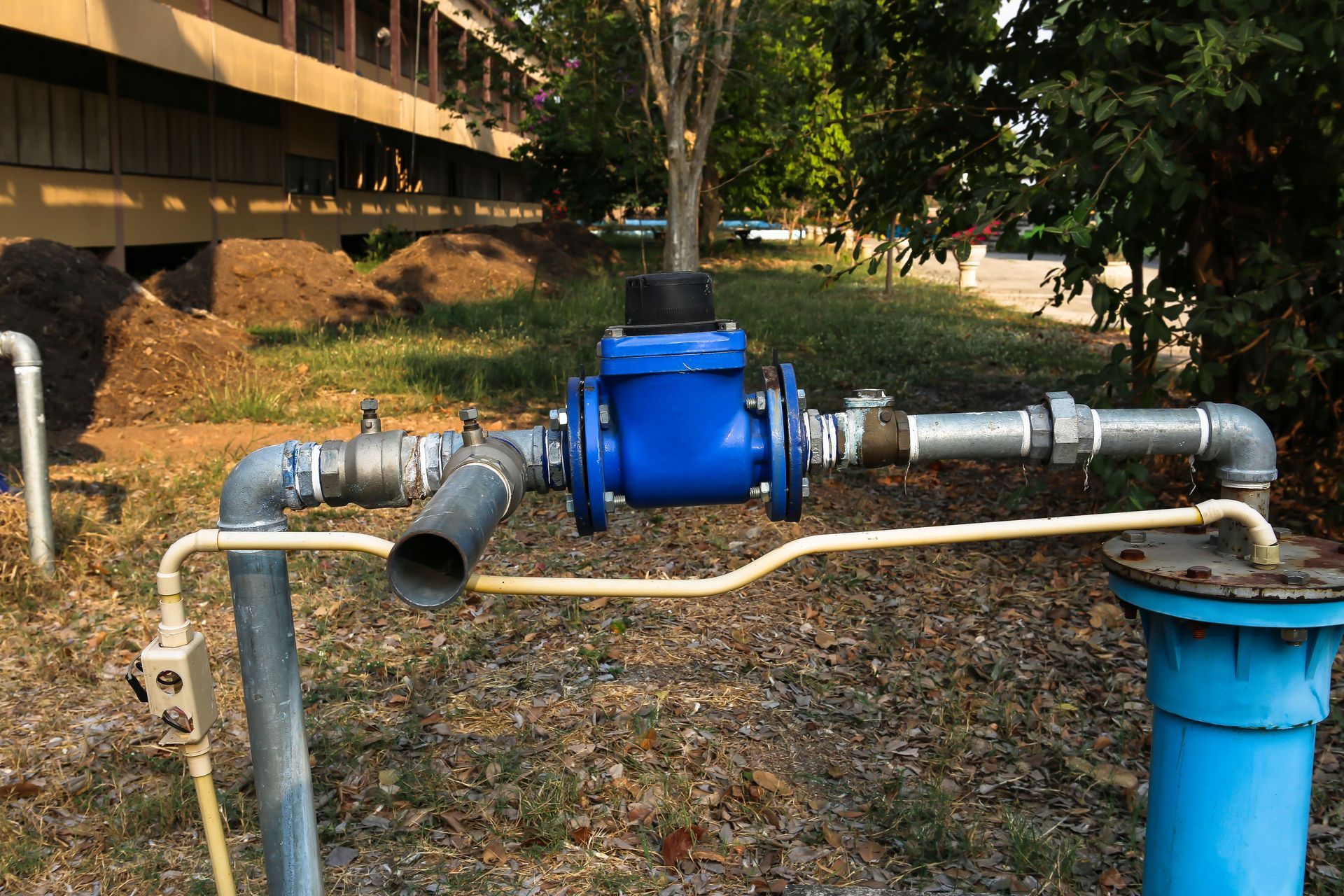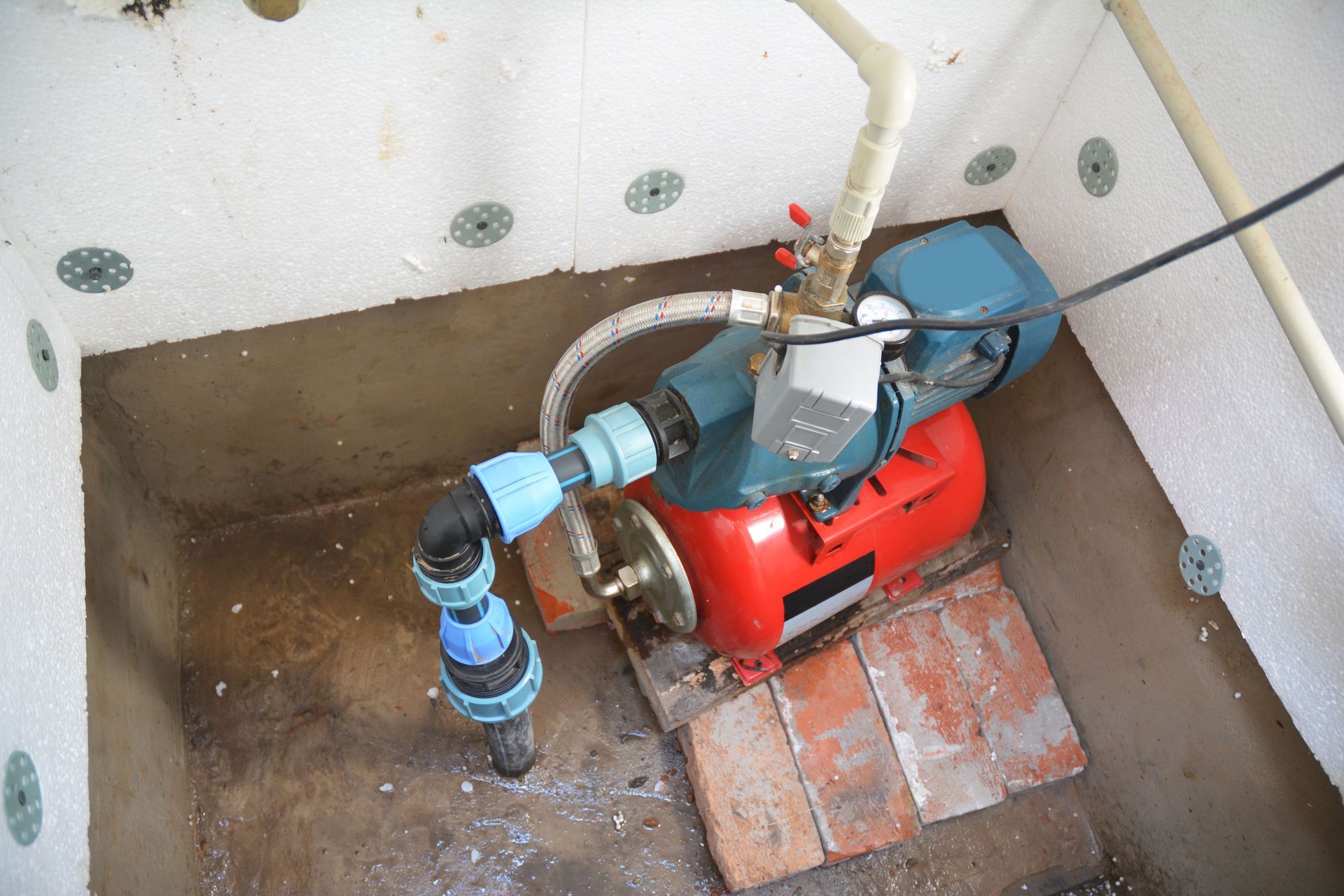Understanding Water Pumps: Types, Uses, and How They Work
Water pumps are mechanical devices used to move water from one location to another. They play a vital role in residential, agricultural, industrial, and municipal systems, helping overcome elevation and pressure challenges. With modern innovations and increasing global demand, the water pump market is expected to grow to more than $77 billion over the next eight years, according to Global Newswire. Their reliability and efficiency make them essential tools in a wide range of applications.
The Basics of Water Pumps
A water pump converts mechanical energy into hydraulic energy to move water efficiently through pipelines or open channels. These devices are powered by electricity, diesel, or solar energy and are built to manage tasks such as irrigation, drainage, pressure boosting, and fluid transfer. Their adaptability and durability enable usage in various environmental and operational conditions.
The History and Evolution of Pump Technology
The history of water pumps traces back to early civilizations using tools like the shadoof and Archimedean screw. The Industrial Revolution introduced steam-powered models, which were later replaced by more efficient electric pumps in the 20th century. Today, pumps are integrated with sensors and smart control systems to optimize energy use and monitor performance, marking a significant evolution from their rudimentary origins.
Core Components of Water Pumps
Key components include the impeller, which generates fluid movement, and the casing that directs water flow. The shaft transfers power from the motor to the impeller, while bearings and seals ensure smooth, leak-free operation. Additional elements like valves, diffusers, and sensors enhance performance and allow for advanced monitoring and control, especially in smart systems.
Pump Mechanics and Water Management
Water pumps function by converting power into kinetic energy that drives water through an inlet and out through an outlet. The impeller spins, creating centrifugal force that pushes water outward. The casing helps manage flow and pressure. Fluid dynamics, such as flow rate and resistance, affect the efficiency and energy consumption of these systems. Newer models use sensors and automation to improve performance and reliability while reducing maintenance costs.
Common Applications Across Key Sectors
Water pumps are crucial in homes for boosting pressure and accessing well water. They're widely used in agriculture for irrigation and drainage, and in industrial settings for moving fluids in manufacturing and processing. Municipal water systems rely on pumps to transport clean water and manage wastewater. Emergency services deploy pumps for flood relief and fire control. Their wide application spectrum highlights the importance of reliable and energy-efficient pump systems.
Types of Pumps and Their Functions
Water pumps vary widely in design and application, each serving a different purpose depending on pressure requirements, environment, and system layout. Among the most widely used are centrifugal pumps, which operate by spinning an impeller to generate fluid velocity that's then converted into pressure. These pumps excel in high-flow, low-pressure settings like municipal water supplies, HVAC systems, and industrial operations. Their straightforward construction allows for simple maintenance and broad adaptability across many sectors.
In contrast, positive displacement pumps move a consistent volume of liquid regardless of pressure changes by trapping and then forcing fluid through the system. Their accuracy and reliability make them well-suited to specialized tasks in chemical processing, food production, and metering. Subtypes such as gear, piston, diaphragm, and peristaltic pumps provide further versatility, depending on the type of fluid and level of control needed.
Specialized Pumps for Unique Applications
For submerged or underground applications, submersible pumps offer sealed, noise-reducing operation and long-term durability. Designed to run completely underwater, they're often used in deep wells, wastewater systems, and flood management. Their efficiency comes from direct fluid contact, which helps cool the motor and minimize vibration. This makes them cost-effective over time, even in demanding environments.
When water pressure isn't sufficient for demands, booster pumps provide the necessary increase. These are commonly installed in high-rise buildings, long pipeline systems, and commercial settings where constant pressure is critical. Many modern booster units feature variable speed controls that adapt in real-time, improving performance while minimizing energy waste.
Using Pumps for Protection and Risk Control
Sump pumps serve a protective function, automatically activating to remove water from basements or crawl spaces when levels rise. They're key to preventing flooding and structural damage, especially in areas prone to heavy rainfall or poor drainage. Submersible and pedestal models are both used, with some systems offering battery backups and smart monitoring for added peace of mind.
In residential homes, pumps are also used to ensure steady water pressure, particularly in properties using well water. They play a role in supporting hydronic heating systems by circulating water through radiators or underfloor tubing. With rising awareness of energy efficiency and sustainability, many newer models now offer smart features, quieter operation, and adaptive performance modes. Selecting the right pump requires an understanding of household demand, available space, and local water conditions, but the payoff is reliable comfort and efficient water use throughout the home.
Applications in Modern Agriculture
Irrigation is one of the most common agricultural uses of water pumps. They help deliver water over large fields, even in areas with minimal rainfall. Diesel-powered or solar water pump systems are often used in remote areas. Pumps also support greenhouse operations, hydroponics, and drainage control, directly contributing to food security and production efficiency.
Industrial Uses and System Integration
Industries rely on water pumps for fluid transport, chemical processing, boiler feed systems, and cooling circuits. Positive displacement pumps are favored for precise dosing, while centrifugal pumps are common for high-volume movement. Pump systems in factories often integrate monitoring devices to track flow rates, temperature, and pressure, helping prevent downtime and equipment damage.
Municipal and Environmental Responsibilities
Municipal systems use pumps for water treatment, sewage transport, and flood management. In stormwater and wastewater facilities, submersible and centrifugal pumps play a critical role in public sanitation and environmental safety. Conservation efforts, such as wetland restoration and aquifer recharging, also use pumps to manage water flow in ecologically sensitive areas.
Smart Technology and Sustainable Practices
Modern water pumps increasingly feature IoT integration, allowing real-time performance monitoring, predictive maintenance alerts, and remote control. These advances improve energy efficiency and system longevity. Solar-powered pumps are also gaining traction in off-grid and agricultural applications, reducing reliance on fossil fuels and cutting operational costs. Smart technologies are expected to drive much of the projected market growth over the coming decade.
Choosing the Right Pump for the Job
Selecting the appropriate pump depends on various factors, including fluid type, flow rate, pressure requirements, and environmental conditions. For residential needs, quiet operation and energy efficiency are often priorities. In agriculture or industry, durability and capacity matter more. Understanding the basic principles and components of a water pump helps users make informed decisions that maximize efficiency and reduce maintenance demands.
Routine Maintenance and Troubleshooting Tips
Regular maintenance extends the life and improves the reliability of water pump systems. Key tasks include inspecting seals and bearings, checking for leaks, and testing motor function. Advanced systems may offer self-diagnostics and automated alerts to prevent failures. Ignoring maintenance can result in reduced performance, higher energy use, and costly repairs. A preventive approach ensures longevity and operational safety.
Water pumps are indispensable across countless applications, from residential plumbing to global food production. As smart technology and sustainability become industry norms, choosing and maintaining the right water pump system is more important than ever. By understanding how they work, their types, and their uses, individuals and organizations can make better choices that support efficiency, cost savings, and environmental stewardship. For more information, contact J&J Pumps, Inc. We are your go-to source for water filtration and pump needs!




Share On: